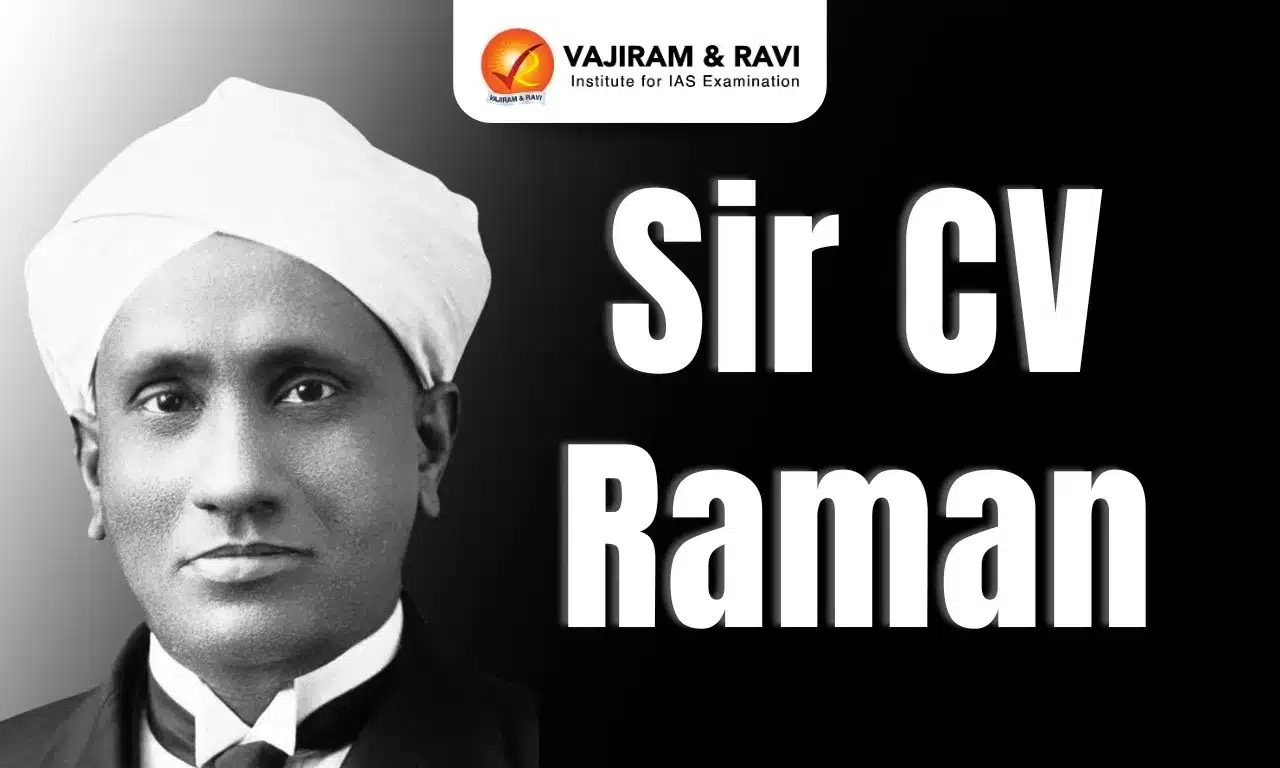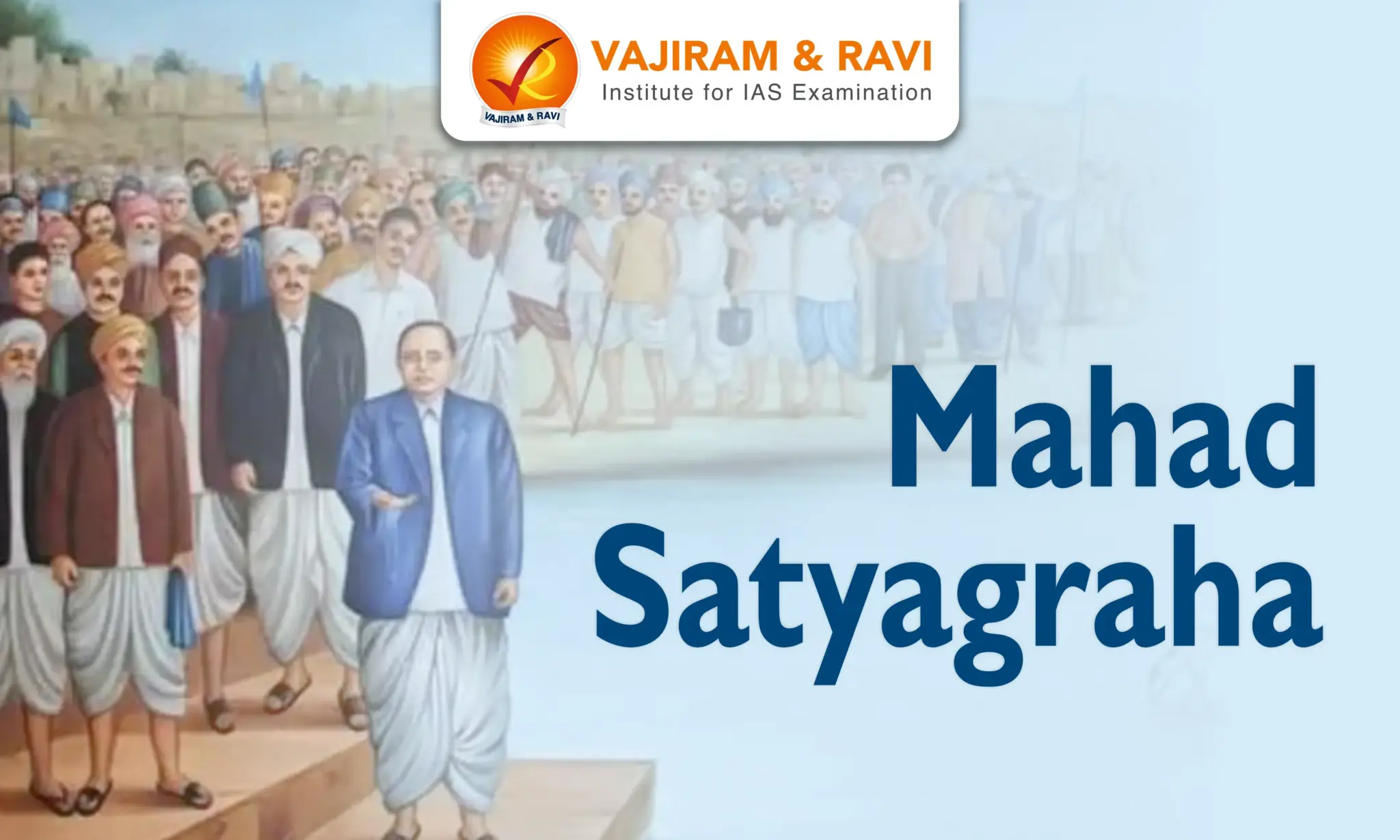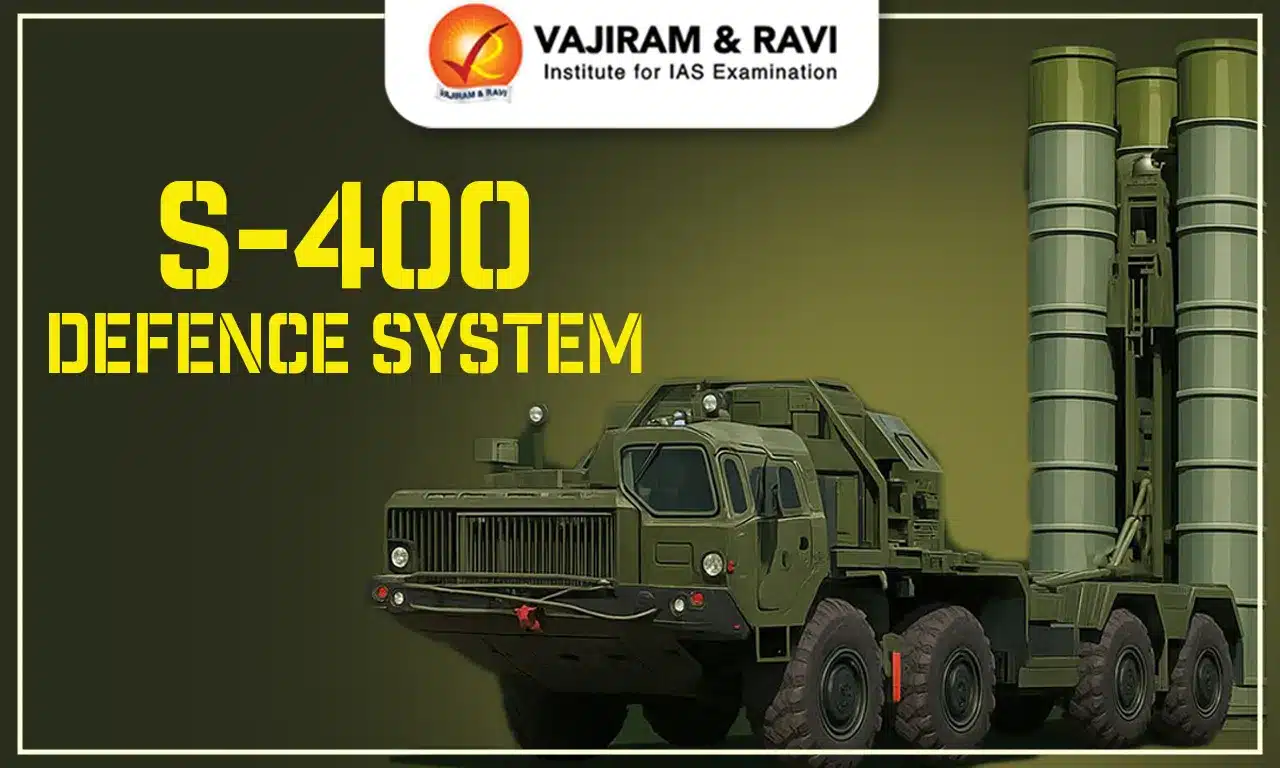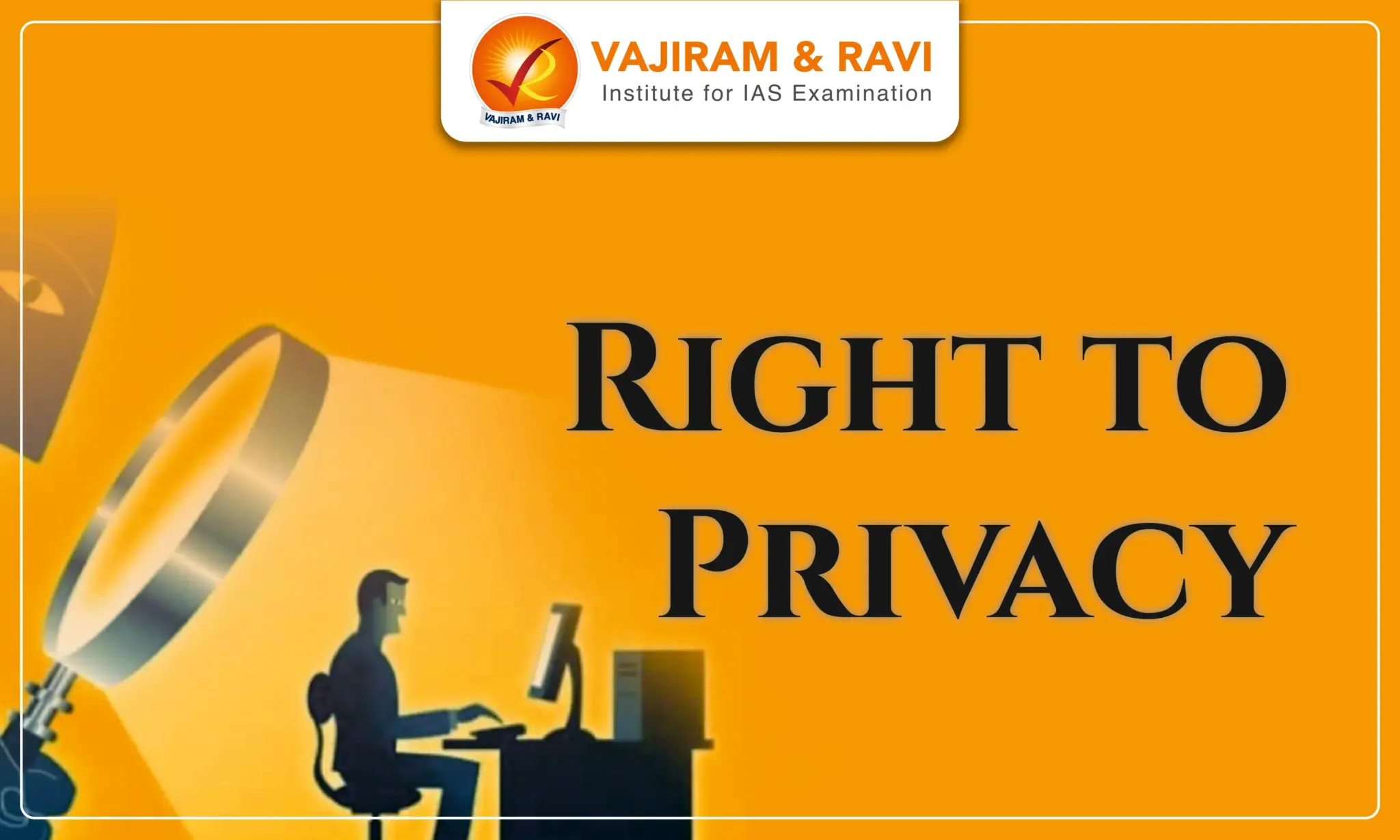Sir CV Raman was born in Tiruchirappalli, Tamil Nadu, on November 7, 1888. Chandrasekhara Venkata Raman, the son of a teacher who taught physics and mathematics, was raised in an academic environment from an early age. After earning his M.A. in physics in 1907 from Presidency College, Madras, Sir CV Raman was involved in research in the area of atomic physics and optics. The first Asian to get the Nobel Prize in Physics and the first Bharat Ratna awardee, Sir CV Raman is best known for his advanced theory of the scattering of light - an inelastic theory of scattering.
Sir CV Raman and his student KS Krishnan found that the light, after passing through a transparent medium, changes its wavelength and energy during the scattering - the phenomenon is called the Raman Effect or Raman Scattering, which has various applications in spectroscopy.
Sir CV Raman and Raman Effect
Rayleigh had already established the phenomenon of the scattering of light and had provided reasons for the blue colour of the sky. But his work was based on the multi-wavelength light passing through the atmospheric gases that scatter the light of lower wavelengths. C. V. Raman established a more advanced theory of scattering.
Molecular Scattering of Light
When light is scattered by a molecule, the oscillating electromagnetic field of a photon induces a polarisation of the molecular electron cloud, which leaves the molecule in a higher energy state after the energy of the photon is transferred to the molecule.
- This is sometimes referred to as the virtual state of the molecule and can be thought of as the formation of a very brief-lived complex between the photon and molecule.
- The virtual state is unstable and the photon is reemitted almost immediately, as scattered light.
- The wavelength of the scattered photon is equal to that of the incident photon in the vast majority of scattering events because the energy of the molecule remains constant following its interaction with the photon. This is the main process and is known as elastic (energy of a scattering particle is conserved) or Rayleigh scattering.
- Sir CV Raman and his student, K. S. Krishnan, in 1928 found an inelastic scattering of photons by matter (medium), meaning that there is both an exchange of energy and a shift in the light's wavelength. This phenomenon is called the Raman Effect.
- They found that there is a shift in the energy of the scattered photons (light particles) - either energy absorption (called Stokes scattering), resulting in a redshift, or energy release (called anti-Stokes scattering), resulting in a blue shift.
Importance of the Raman Effect
Although termed a very weak effect, as only one scattered particle out of a million undergoes the shift in wavelength, the Raman Effect has proved to be a significant achievement in physics due to its various applications.
- Nature of light: The Raman Effect further cemented the particle theory of light, which holds that light is composed of tiny particles known as photons.
- Proof of quantum theory: The study of the phenomenon of light scattering is one of the most convincing proofs of quantum theory.
- Applications: The Raman Effect (scattering) provides information on vibrational, rotational and low-frequency modes of energy of molecules, which are the basis of its numerous applications.
Raman Spectroscopy
Raman spectroscopy is an analytical technique where scattered light is used to measure the vibrational energy modes of a sample.
- Raman spectroscopy provides chemical as well as structural information of molecules.
- It provides identification of substances through their characteristic Raman ‘fingerprint’.
- Raman spectroscopy extracts this information through the detection of Raman scattering from the sample.
- Both organic and inorganic compounds can be nondestructively analysed by the Raman spectroscopy.
- Types of Raman spectroscopy are:
- Resonance Raman Spectroscopy (RRS)
- Surface-enhanced Raman Spectroscopy (SERS)
- Micro-Raman Spectroscopy
- Non-linear Raman Spectroscopic Techniques
Other Scientific Works of Sir CV Raman
Apart from scattering of light, Sir CV Raman was associated with other scientific works.
- Spin of photons: With Suri Bhagavantam, Sir CV Raman determined the spin of photons in 1932, which further confirmed the quantum nature of light.
- Raman-Nath theory: With his student, Nagendra Nath, Sir CV Raman provided the theoretical description of the acousto-optic effect (light scattering by sound waves) in a number of articles which resulted in the Raman-Nath theory.
- This effect has enabled optical communication components based on laser systems through the use of modulators and switching systems.
- Study on diffraction of light: He conducted theoretical and experimental studies on the effects of X-rays on infrared vibrations in crystals exposed to ordinary light, as well as on the diffraction of light by hypersonic and ultrasonic acoustic waves.
- Study of crystal dynamics: In 1948, Sir CV Raman took a novel approach to the fundamental issues of crystal dynamics by studying the spectroscopic behaviour of crystals.
- From 1944 to 1968, he studied the structure and characteristics of diamonds.
- In the early 1950s, he studied the structure and optical behaviour of many iridescent materials, including labradorite, feldspar, agate, quartz, opal, and pearl.
- Other Interests: It includes the study of the optics of colloids and electrical and magnetic anisotropy.
- His last interests in the 1960s were in biological properties such as the colours of flowers and the physiology of human vision.
Honours Received by Sir CV Raman
Sir CV Raman has been honoured with a number of awards and recognitions for his contributions.
- In 1930, Sir CV Raman was conferred with the Nobel Prize in Physics. He was the first Asian to get this recognition.
- He was one of the recipients who got the Bharat Ratna for the first time in 1954 (along with S. Radhakrishnan and C. Rajagopalachari).
- Sir CV Raman was awarded the Lenin Peace Prize in 1957.
- Raman, a lunar crater, is named after Sir CV Raman.
National Science Day (NSD)
The day on which the Raman Effect was discovered by CV Raman (February 28, 1928) is commemorated as National Science Day in India.
- History: The National Council for Science and Technology Communication (NCSTC) requested that the Indian government declare February 28 as National Science Day in 1986.
- The then-Indian government agreed and announced the day as National Science Day in 1986.
- February 28, 1987, marked the first National Science Day.
- NSD 2023: "Global Science for Global Wellbeing" is NSD-2023's theme.
- The theme "Global Science for Global Wellbeing" was chosen to increase public understanding of the scientific issues in a global context that are affecting global well-being.
Last updated on December, 2025
→ Check out the latest UPSC Syllabus 2026 here.
→ Join Vajiram & Ravi’s Interview Guidance Programme for expert help to crack your final UPSC stage.
→ UPSC Mains Result 2025 is now out.
→ UPSC Notification 2026 is scheduled to be released on January 14, 2026.
→ UPSC Calendar 2026 is released on 15th May, 2025.
→ The UPSC Vacancy 2025 were released 1129, out of which 979 were for UPSC CSE and remaining 150 are for UPSC IFoS.
→ UPSC Prelims 2026 will be conducted on 24th May, 2026 & UPSC Mains 2026 will be conducted on 21st August 2026.
→ The UPSC Selection Process is of 3 stages-Prelims, Mains and Interview.
→ UPSC Result 2024 is released with latest UPSC Marksheet 2024. Check Now!
→ UPSC Prelims Result 2025 is out now for the CSE held on 25 May 2025.
→ UPSC Toppers List 2024 is released now. Shakti Dubey is UPSC AIR 1 2024 Topper.
→ UPSC Prelims Question Paper 2025 and Unofficial Prelims Answer Key 2025 are available now.
→ UPSC Mains Question Paper 2025 is out for Essay, GS 1, 2, 3 & GS 4.
→ UPSC Mains Indian Language Question Paper 2025 is now out.
→ UPSC Mains Optional Question Paper 2025 is now out.
→ Also check Best IAS Coaching in Delhi


















